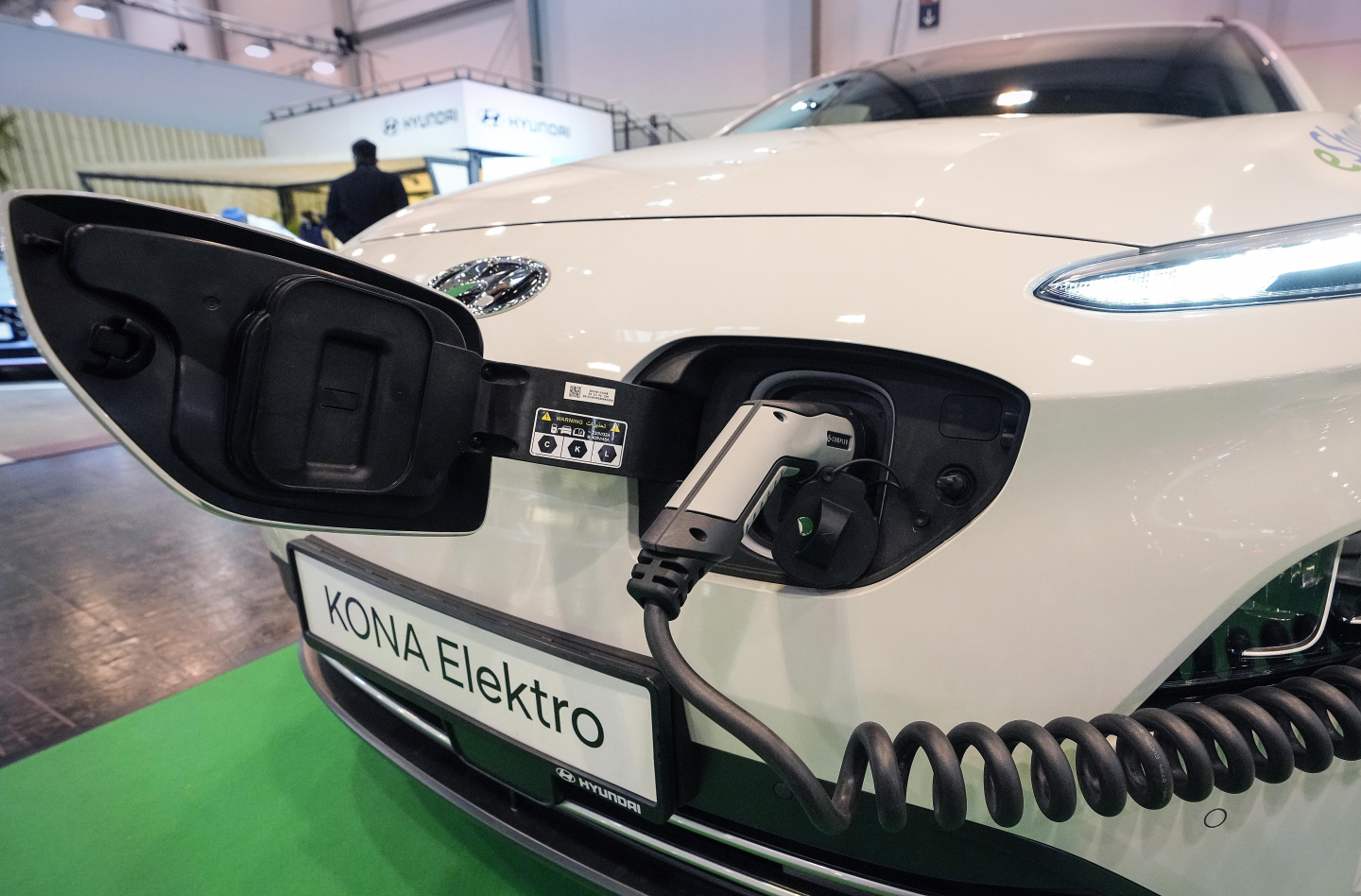
Electric Vehicle Makers’ Russia Connection
By Tim Benson
Elon Musk, who is now spending his time urging the U.S. to increase oil and gas production despite selling electric vehicles, wants you to believe that he is putting his financial interests and environmental ambitions aside in a goodhearted effort to protect America’s national security interests. However, the truth is that today’s heavily subsidized electric vehicles are often built with parts sourced from Russia and that they are not as environmentally friendly as Musk would like you to believe.
Musk promised a $25,000 electric car. Instead, he just raised the price of his electric car — the $44,990 to start Model 3 — by almost 20 percent, in part to compensate for the increased costs of certain raw materials needed to make electric car batteries, such as nickel, palladium and aluminum.
While Musk has warned of inflationary pressures at SpaceX and Tesla because of the situation in Russia, this is far from the first time he has increased costs on the American people. He has made a name for himself by promising cheap prices and then raising them after he secures funding.
This case may be different, however, because as it turns out, Russia is one of the major suppliers of these crucial raw materials — 44 percent of palladium. There are fewer environmental regulatory restrictions in Russia, which makes it less expensive to source them from there. This is also the case with other key raw materials used in EVs, such as cobalt, and lithium, which are also largely sourced from countries, such as the Democratic Republic of Congo in the case of cobalt, where the environment can be assaulted with impunity while Musk plays the role of the man who is cleaning it up.
Musk and other EV makers to offload the environmental costs of his electric cars onto other countries and other people while he imposes higher costs on those who buy his electric cars. As always, Elon likes to look good, almost as much as he likes making money. But electric cars don’t look very good when you look at them closely, and yet he wants the taxpayers to subsidize them.
Most people have no idea just how many environmentally unfriendly materials go into each electric car. A Tesla Model 3, for instance, is laden with more than 1,000 pounds of battery pack, containing materials that are as “green” as the damaged reactors at Fukushima. Lithium-ion is highly reactive, meaning it can, and often does, burn. It’s one of the reasons why electric cars catch on fire with what ought to be alarming regularity.
These fires are sometimes spontaneous — the car goes up in smoke when it’s parked in someone’s garage. And they burn much hotter than an ordinary gasoline fire because they are chemical fires.
That’s not so great for the environment.
Similarly, not much thought has been given to how to deal with the prospect of millions of EV battery packs in circulation, which will eventually sit in old electric cars — many of which will leach their caustic contents into the environment.
Which brings us back to what comes out of the environment.
Musk and EV partisans tout the lack of harmful or even any emissions emanating from the tailpipes of electric cars, which haven’t got tailpipes. But where did the materials that make the electric cars come from? How were they made into electric cars? Where does the electricity which powers electric cars come from?
In the United States, about 40 percent of the electricity available is generated by coal-fired utility plants; the bulk of the remainder by oil/gas-fired plants, along with some (but not much) nuclear – the latter having been actively discouraged by non-issuance of permits to build more nuclear-generating plants.
The diminishing nuclear contribution excepted, the remainder generates enough C02 to make up for all the C02 not emitted at the tailpipe of electric cars, which are energy hogs. With the sole exception of the Nissan Leaf, every electric car available touts how quick it is. Teslas especially. You have probably heard about their “ludicrous” speed. But it takes ludicrous power to deliver that speed, and that’s why Teslas carry around 1,000-plus pounds of environmentally toxic materials and need 400-800 volts of electricity to “fast” charge (in 45 minutes) so they can go fast again.
Which brings up how all those electric cars will be “fast” charged. It can’t be done at home because very few homes are wired to handle 400-800 volts of power surging through the wiring. The wiring panel would melt or the house would catch on fire. It will take re-wiring houses and neighborhoods to make this work, and that will take more power and more raw materials. Not to mention more money.
Meanwhile, Elon collects more money — first from the government, then from the people who buy his cars.
The EV crowd wants you to believe that they’re for clean energy but most of them are not — they’re for subsidizing a business model that is profitable for them. Even when it means putting money in Russia’s pocket. And there’s nothing less patriotic than that.
Tim Benson is a policy analyst with The Heartland Institute.
From realclearenergy.org